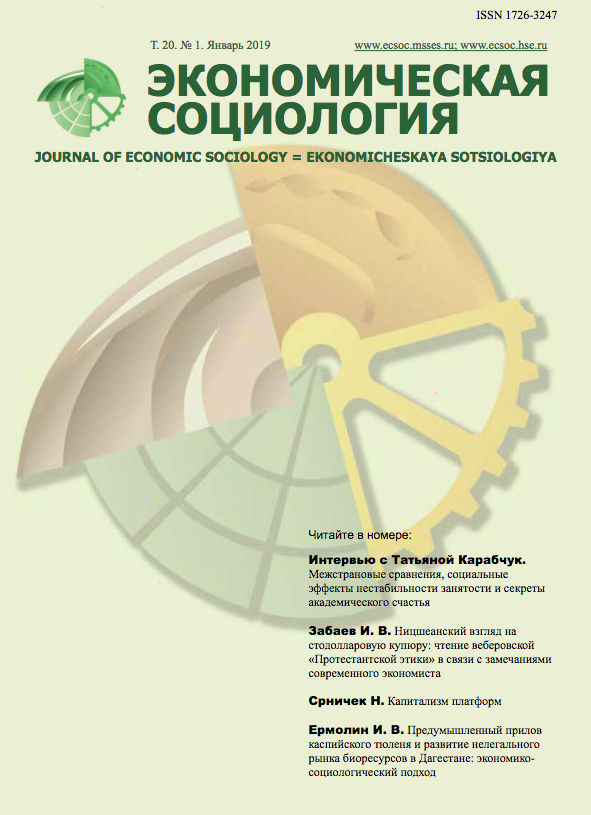How Organizations are Talked into Existence:
Book Review: Czarniawska B. (1997) Narrating the Organization: Dramas of Institutional Identity, Chicago: University of Chicago Press. 256 p.
Abstract
Czarniawska’s book may seem to be quite a challenge for several reasons: the author's trademark “crossing genre boundaries” requires a reader to pay attention and stay confident; the outward simplicity of narrating organizational change stands on sophisticated philosophical, sociological, and philological grounds; and the language is eclectic but brilliantly puts together new empirically grounded and older, well-known theoretical concepts. Czarniawska tells a story of the Swedish public sector’s reorganization with the accuracy of an academic and the eloquence of a narrator—institutions become apparent in their activities, as they are based on action, which is depicted by the coined term action nets. In a sense, the reader should be attentive and “follow the words”. Though imagination is also a precondition, as the light but solid and convincing narrative constructions are open to further “translation” (in a hermeneutic and actor-network sense).
Narrative knowledge and its metaphors make it much more productive for work with essential organizational paradoxes. Czarniawska points out that a narrative approach can help new institutionalism reflect on its own limitations and better understand institutional building. With a focus on verbal and written communication as well as employees’ stories, we can trace how institutionalized thought structures, which are responsible for the repertoire of possible actions and shared perceptions among organization participants, are formed.
The book is well written and pleasant for thoughtful reading in both its theoretical and empirical parts. The stories and serials of the Swedish public sector raise important questions of company-ization, technologyization, and rethinking organizational identity. “Narrating the Organization” can also offer some interesting methodological approaches and explanations for why and how stories “work” due to the modern trend of storytelling. The author openly invites her audience into a dialogue and joint-narrative creativity; the only task of the reader is merely to open the book.













